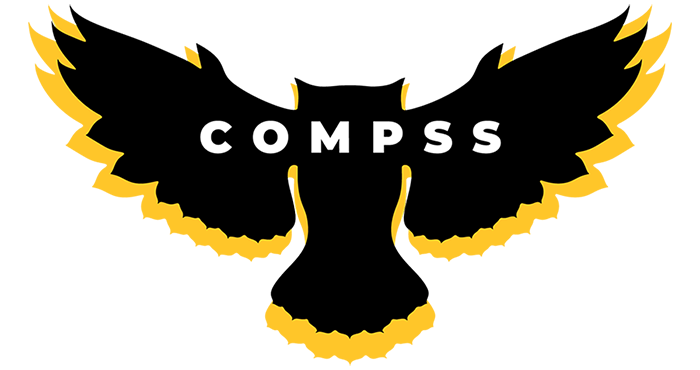Research Proposal Assignment
Note to instructors: This research proposal assignment may be used as part of an ongoing research project, or it may be used as a stand-alone project. Because these guidelines are intentionally vague, instructors may want to edit/add details to the "Task" section. You are encouraged to adopt, adapt, or remix these guidelines to suit your goals for your class.
Due dates
- Rough Draft:
- Peer Review:
- Final Draft:
Purpose
This assignment will make you aware of how writers and researchers consider, plan, and justify new research.
- Skills: This assignment will help you practice skills essential to success in and beyond this
course:
- Locate a variety of scholarly print and digital sources that represent multiple perspectives on a topic.
- Analyze sources by critically reading, annotating, engaging, comparing, and drawing
implications.
- Knowledge: This assignment will help you become familiar with the following important
knowledge:
- Methods for conducting research
- Analytical and persuasive writing strategies
Task
A research proposal establishes the need for new research on a given topic or issue
and presents a plan for conducting that research and analyzing the findings. In your research proposal, you will conduct preliminary research on a topic in order
to develop a well-thought-out plan for a larger potential research project.
Your research proposal should have four parts: introduction, research review, methodology,
and conclusion.
Introduction
In the introduction, identify the topic and establish the purpose of your project. Provide appropriate background information to clarify the context. Communicate your project’s significance by explaining why the proposed project is important and how it will contribute to the existing field of knowledge.
Research Review
Locate at least five credible sources on your topic. At least three sources should be from peer-reviewed journals (found through GALILEO); the others should be from credible newspapers or magazines. Explain the sources’ relevance to your topic, and discuss the significant commonalities and conflicts that you notice between your sources.
Methodology
Based on what you learned from your research review, discuss how you will proceed with your proposed project:
-
- What questions still need to be answered about your topic? Explain why those questions are significant.
- Given your proposal’s purpose and audience, what information do you still need to demonstrate your project’s value?
- What steps will you take to gather this information?
- Discuss potential challenges (e.g., language and/or cultural barriers, potential safety concerns, time constraints, etc.) and how you plan to overcome them.
Conclusion
Remind your reader of the potential benefits of your proposed research. Consider: Who will potentially benefit from your proposed research? What will your research contribute to knowledge and understanding about your topic?
Formatting Requirements
Cite all sources using MLA, 9th edition, format both within the research proposal and on the Works Cited page. Use black Calibri or Times New Roman font in size 12. Double-space the entire document. Use 1-inch margins on all sides.
Criteria for success
General criteria:
-
- The research proposal includes at least five credible sources.
- At least three sources are from peer-reviewed journals (found through GALILEO).
- All sources are cited properly, both within the body of the proposal and on the Works Cited page.
- The proposal is cohesive/stays on topic.
- The writing is clear and coherent/makes sense.
- The tone and language are appropriate for the audience and purpose.
- The writing adheres to grammar and punctuation rules.
- The proposal has an interesting, relevant title.
- The writer has gone through the entire writing process, revising substantially and thoughtfully.
In the introduction, you should. . .
-
- Identify the topic.
- Provide appropriate background information to clarify the context.
- Establish the purpose of the project.
- Explain why the proposed project is important and how it will contribute to the existing field of knowledge on your topic.
In the research review, you should . . .
-
- Describe the sources’ relevance to your topic.
- Note significant commonalities among your sources.
- Discuss conflicts between your sources.
- Introduce questions that need to be answered and make it clear why they are significant.
In the methodology section, you should . . .
-
- Explain what information you still need to fulfill the purpose of the project you are proposing.
- Describe how you plan to conduct additional research to gather necessary information.
- Discuss potential challenges (e.g. language and/or cultural barriers, potential safety concerns, time constraints, etc.) and how you plan to overcome them.
In the conclusion, you should . . .
-
- Note who will potentially benefit from your proposed research.
- Note what your research will contribute to the area of study.
The research proposal should adhere to the following formatting criteria:
-
- Follow MLA format throughout the research proposal and on the Works Cited page.
- The entire document should be double-spaced.
- The font should be Calibri or Times New Roman in size 12.
- The margins should be one inch on all sides.

This material was developed by the COMPSS team and is licensed under a Creative Commons Attribution 4.0 International License. All materials created by the COMPSS team are free to use and can be adopted, adapted, and/or shared as long as the materials are attributed. Please keep this information on materials you use, adapt, and/or share.
















